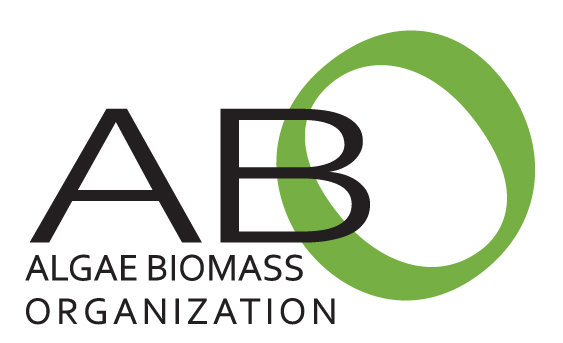A major Funding Opportunity Announcement from the U.S. Department of Energy for the Design and Construction of Manufacturing Facilities for Biofuels, Bioproducts, and Biopower makes up to $90 million available for pilot- and demonstration-scale facilities.
This is the first major funding from DOE for biomass/biorefinery demonstration and deployment projects in several years, and the first DOE funding opportunity for large-scale projects that includes non-fuel products. Projects utilizing algal feedstocks are explicitly eligible.
This important funding opportunity for algae-based projects is in addition to the ongoing funding for algae R&D that ABO helped secure for Fiscal Year 2016.
The explicit inclusion of algae-based projects in this funding opportunity is evidence of DOE’s growing recognition of the importance of algae as a platform for next generation biomanufacturing, and another product of ABO’s ongoing outreach and education efforts in Washington.
ABO members are strongly encouraged to consider applying. Let’s ensure the common denominator of this opportunity’s awardees is: “There’s algae inside”.

